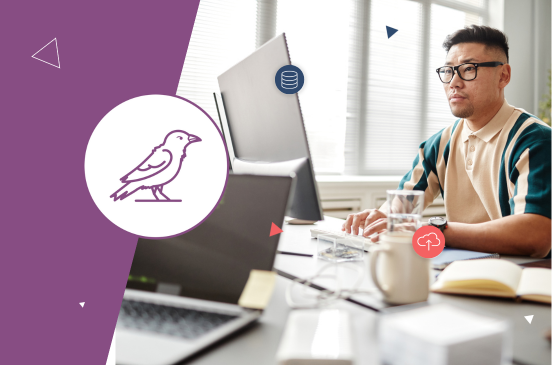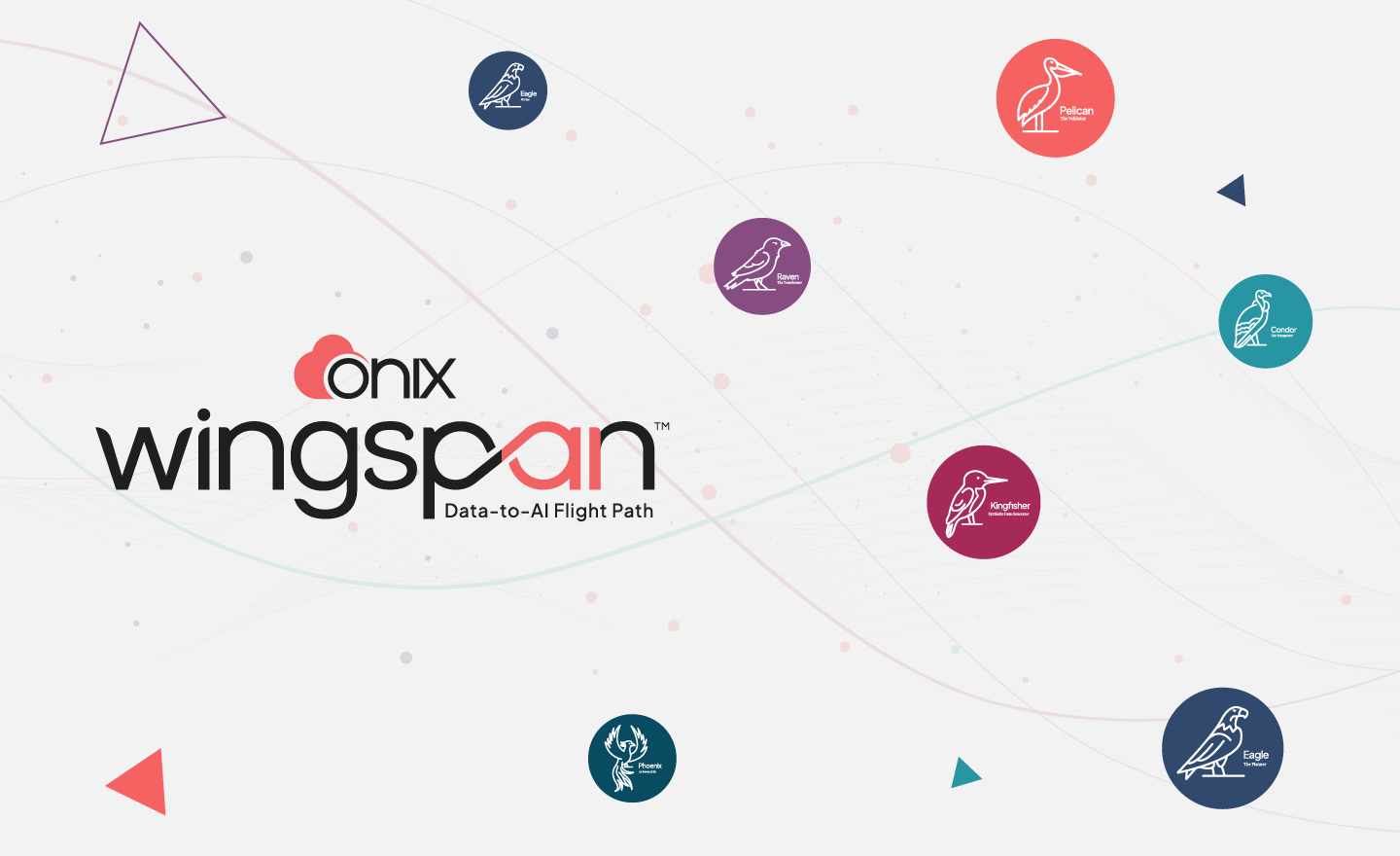In the age of digital technologies, enterprises are leveraging data to make more informed business decisions. Cloud technologies and platforms are the most cost-efficient and effective to achieve this objective. Here are some revealing cloud-related statistics in 2024:
- The global market for cloud-native applications is now worth $150 billion.
- The cloud will store around 200 zettabytes of data by 2025.
- 60% of enterprise data is now stored on the cloud.
As more organizations are deploying their applications and workloads on cloud platforms, they’re experiencing serious challenges when it comes to smooth cloud migration. Some of the common challenges include:
- Lack of cloud specialists and tools to migrate their legacy applications to the cloud.
- High volumes and complexity of data, applications, and workloads can hurt business flow during the migration process.
- The presence and use of complex, monolithic legacy systems continue to consume existing resources.
- Loss of technical skills and personnel due to resignations or terminations.
How can organizations simplify the entire process of data migration and modernization for the cloud? Here’s a detailed look.
Workload assessment using Eagle
Struggling to complete the entire data migration process within the estimated timeline and budget is among the top challenges organizations face with cloud migration. This is where an automated cloud migration risk assessment strategy can add value.
By using the Eagle planning tool, organizations can easily analyze the workload and its dependencies. Through its detailed assessment of the existing workload, Eagle can accurately calculate the data volume and usage and come up with an accurate budget and timeline.
Challenges with code conversion
After the workload assessment, the next challenge is to convert the legacy code to cloud-native language. With the massive petabyte levels of modern application code, organizations can no longer rely on manual code rewriting and translation, which is cumbersome and time-consuming. Depending on the volume and complexity of the code, it could take them several months (or even years) to migrate the converted code.
Additionally, effective code conversion faces many ELT and ETL-related challenges as listed below:
| SQL-related ELT challenges | Tool-related ETL challenges |
| Non-ANSI-compliant code constructs in legacy data warehouses | Redundant stages and lack of business logic |
| Non-ANSI constructs in new functions and classes | The need to rewrite code mappings and stages while migrating the underlying data source |
| Major variations in DDLs between dialects | Complex embedded SQL code in code mappings and stages |
| Use of proprietary load-store utilities and procedural language (varying between vendors) | Static typing of non-SQL components in ETL workflows, thus hindering fast development |
| Redundancies are caused by moving a heterogeneous data source to a homogeneous data source |
With manual code conversion, organizations need a large team of data professionals to work on different legacy systems. This is highly time-consuming and complex.
How the Raven transformation tool simplifies cloud migration
Raven is Onix’s data transformation tool that automates the entire data migration and modernization process to the cloud. With its automated code conversion capability, Raven eliminates manual conversion, thus removing any human error. With the Raven migration tool, companies do not need to invest in technical expertise and tools for code transformation.
Here’s how Raven simplifies cloud migration and makes it easier, faster, and more accurate:
- Translates or transforms a variety of legacy workloads including SQL scripts and ETL workloads from legacy warehouses such as Oracle, Netezza, and Teradata.
- Converts legacy code to cloud-native technologies including Google BigQuery, Teradata, Databricks, AWS Redshift, and Snowflake.
- Ensures consistent script formatting by optimizing programs of different lengths and complexities.
- Provides error-free code translation, thus reducing the cloud migration time and effort.
Here are some of the Raven features that make it the best tool for cloud application migration service:
- Automated conversion of SQL code
With the Raven migration tool, organizations can now automatically convert a variety of SQL code. This includes embedded SQL, partial SQL statements, and parameterized SQL code. Raven’s code translation feature works with database functionalities including load-store utility, Bteq, macros, and stored procedures. Ravan also supports DDL features for various objects including stored procedures, view definitions, and utility materialized view definitions. - ETL to ELT code conversion
Besides SQL code, Raven also supports code conversion from ETL to ELT scripts depending on the target cloud platform. It can also automatically convert non-SQL components in ETL workloads and add custom ETL expressions and polyfills for unsupported features. - Code optimization
The Raven migration tool also provides significant time and cost benefits for organizations through code optimization. It enables code optimization for SQL, expressions, workflows, and target systems. Besides guaranteeing optimized code and scripts, Raven preserves data lineage during code conversion and eliminates repetitive jobs.
Summary
Seamless cloud migration and modernization are essential for every modern business. However, the converted code after migration must not disrupt business operations. This requires the use of an automated code transformation tool like Raven. With this powerful tool, organizations can translate a variety of legacy code automatically, thus streamlining the cloud migration process.
As part of Onix’s Datametica Birds data migration product suite, Raven has enabled companies to migrate from legacy data warehouses to the cloud.
Do you want to learn more about our Raven tool? Contact us now.
Reference links:https://explodingtopics.com/blog/cloud-computing-stats









